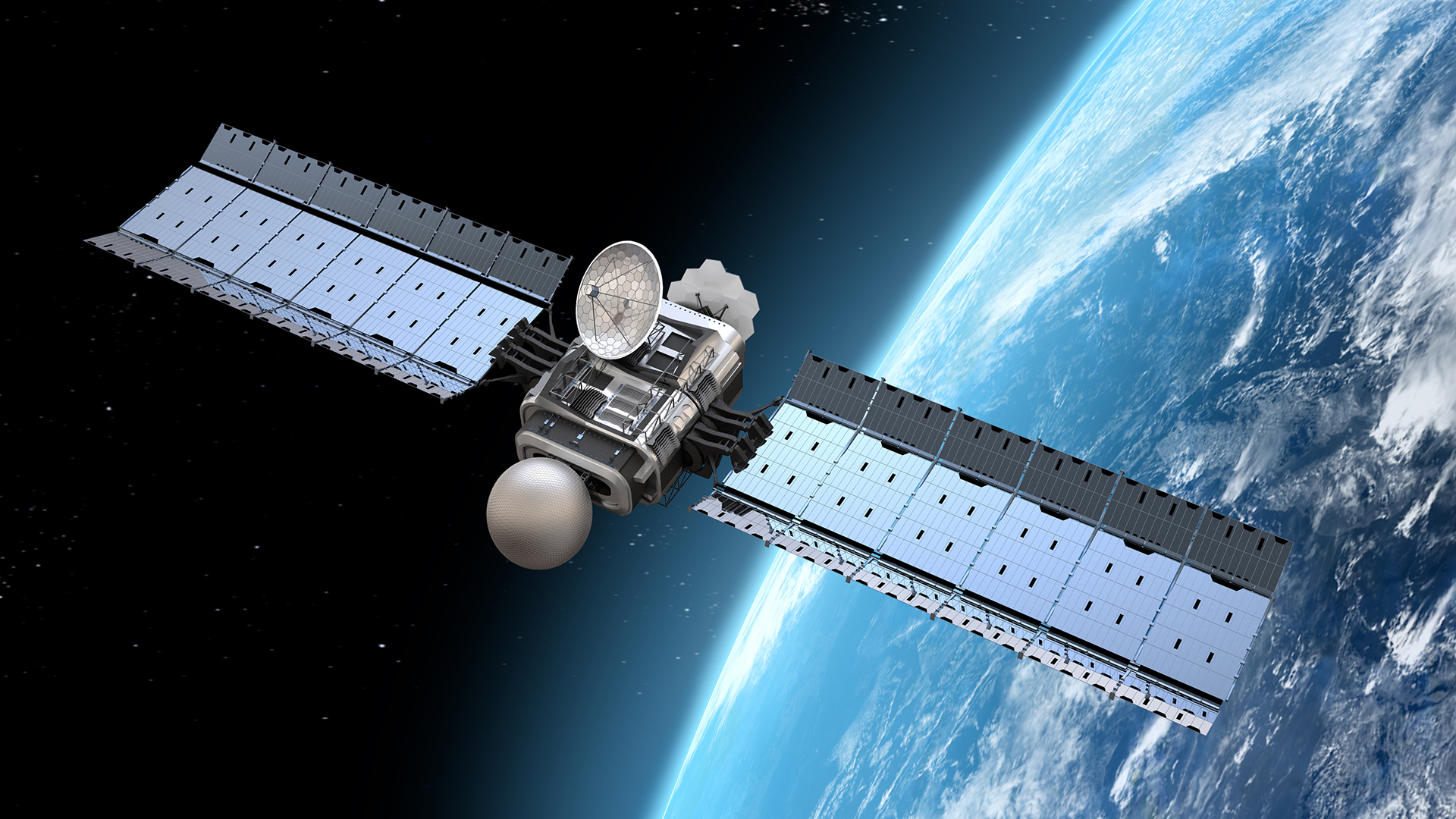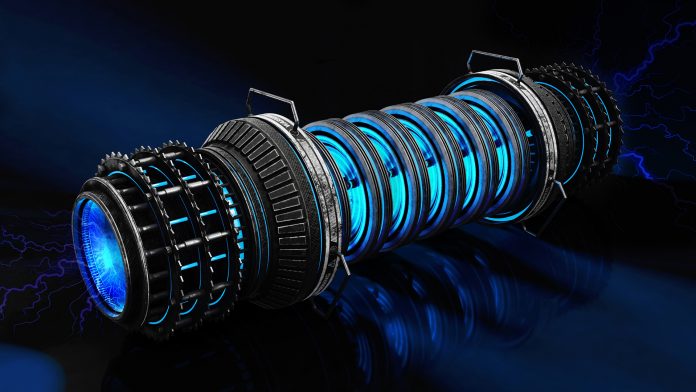A Penn State research team has been awarded a three-year research grant worth $2.55m to design a self-charging battery for space applications.
Financed by the Air Force Office of Scientific Research (AFOSR), the multi-million-dollar grant will be equally shared with three other teams at Carnegie Mellon University and the Adolphe Merkle Institute of the University of Fribourg. The collaborative endeavour will pioneer a framework for a soft, self-charging, bio-inspired battery for future space projects. The revolutionary self-charging battery will provide an essential energy source for powering satellites, cameras, weather sensors, and other space technologies.
What will the project involve?
One of the primary limitations of current power sources for space technologies is that they are expensive, provide insufficient long-term power, and have safety concerns, which can put the missions they are required for in jeopardy.
The collaborative project aims to overcome these issues and will be led by Joseph Najem, assistant professor of mechanical engineering at Penn State. Najem’s team will work closely with Michael Mayer from the University of Fribourg to design and manufacture multifunctional polymer or hydrogel-based power sources.
Additionally, Carnegie Mellon University’s Amir Barati Farimani and Christoph Weder of the University of Fribourg will work on simulation and synthesising the production materials.
Najem explained: “The current challenge in space is that lithium-ion batteries — the kind you’d find in a cell phone or an electric car, for example — are rigid and very high maintenance.
“They are expensive to install and require a lot of technology to keep them running. There is also a safety concern due to the potential of explosion when overcharged.”
The benefits of a self-charging battery for space applications are immense – as one comprised of chemical and physical properties could withstand the harsh conditions of space and provide exceptional electrical performance that is ideal for low-Earth orbit applications.

Electric fish sparked the inspiration for the self-charging battery
The research team’s self-charging battery goals are motivated by the charge-separation principle employed by electric fish, as their organs produce electrical discharges.
Prior research has demonstrated that hydrogel-based power sources that, similar to an electric fish, move charged ions across selective membranes can produce high voltages of power.
Despite this, these power sources cannot withstand the extremely hot condition of space and are not self-sustainable, which is essential for space missions.
Electric fish are self-sustainable as they harvest energy from their environment through eating. Najem believes the self-charging battery can follow a similar method, utilising an available resource like the Sun in the same way the fish use food and can change the landscape of future space missions.
Najem concluded: “We believe that a soft polymer- or hydrogel-based material has the potential, conceptually at least, to operate autonomously. The resulting system will be multifunctional and stimuli-responsive, capable of producing power on demand.”









